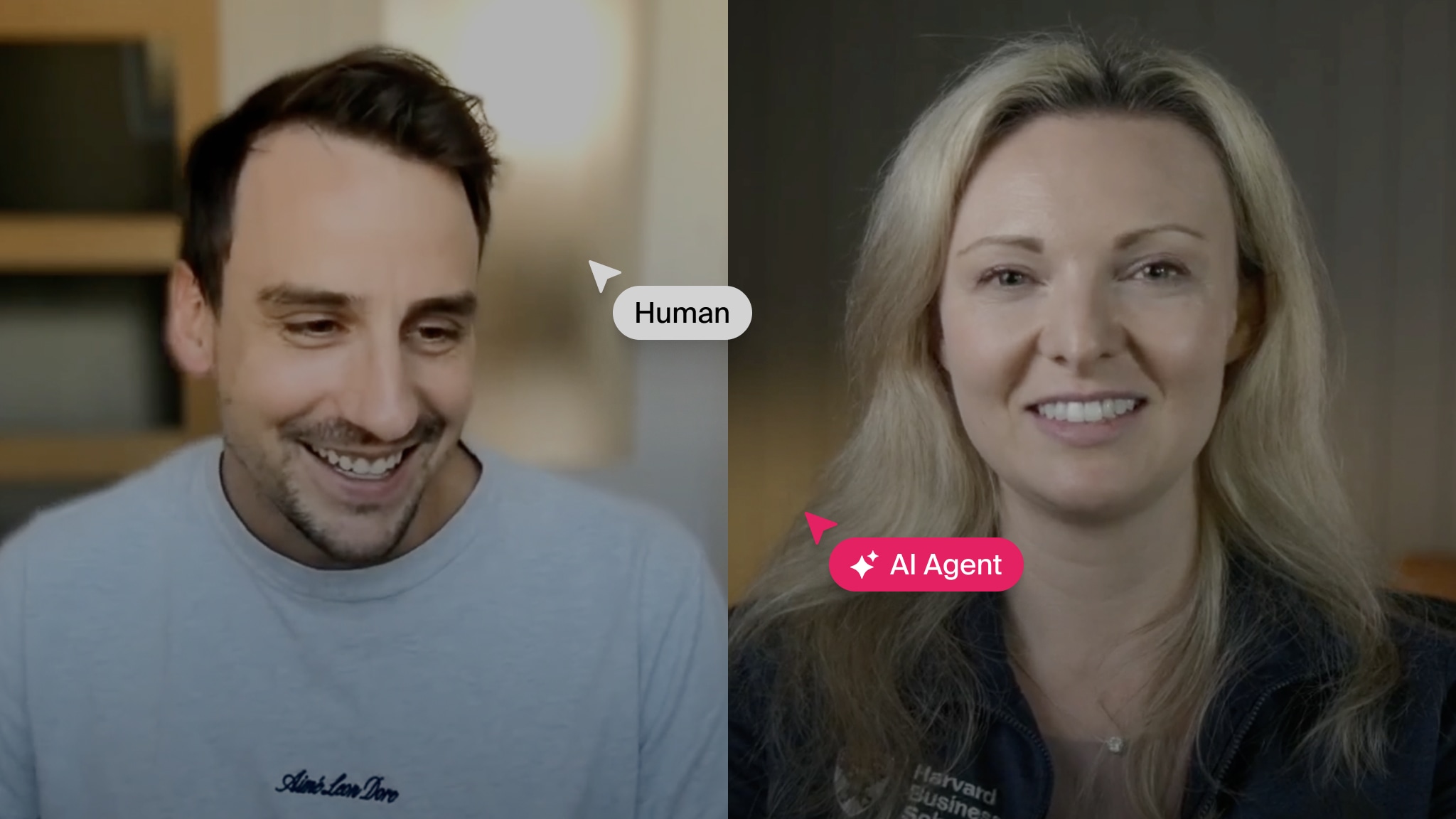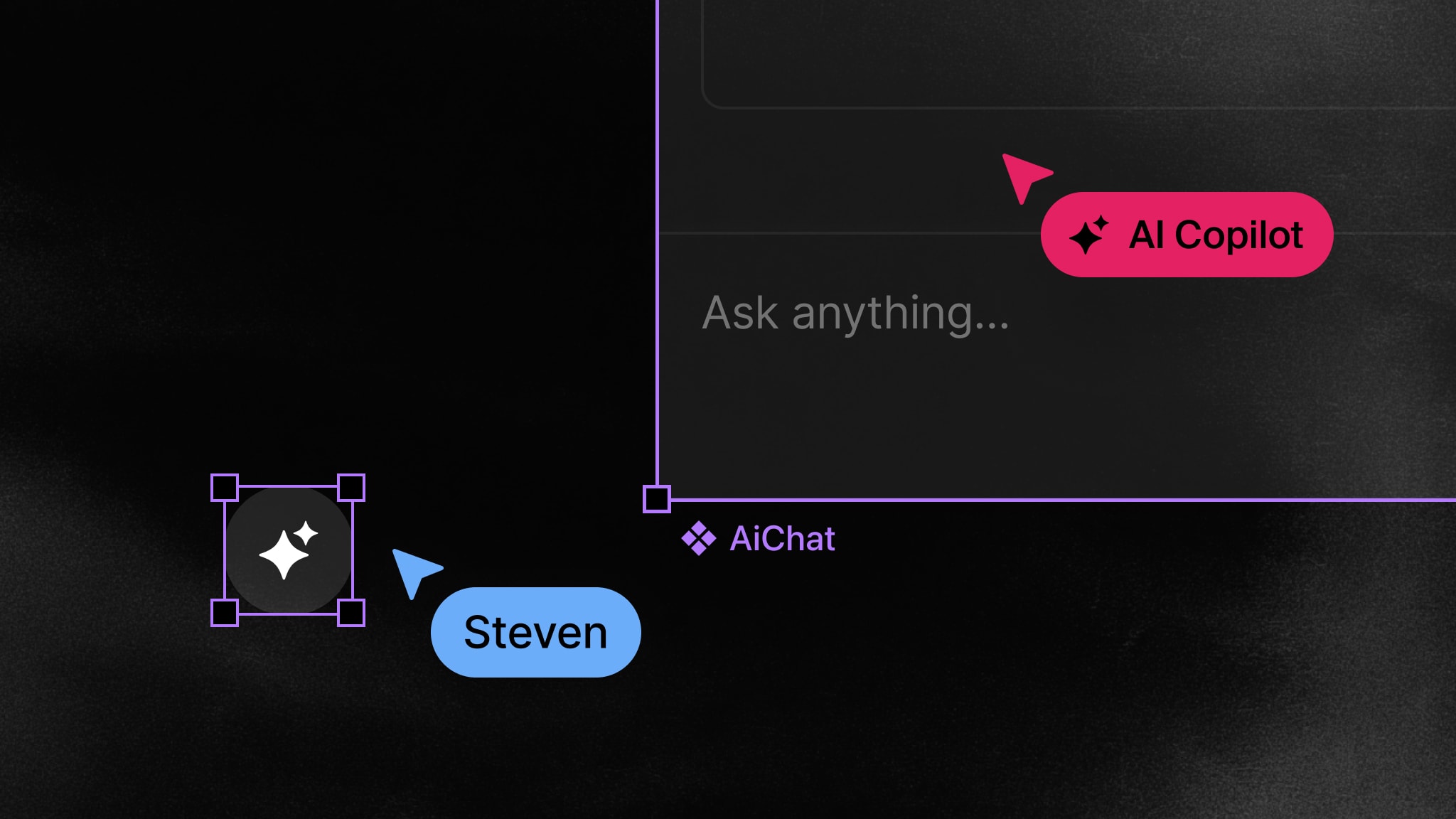Rethinking product strategy in the age of AI with Melissa Perri
In this fireside chat with product expert Melissa Perri, we explore strategic approaches to building modern products, why integrating specialized tools beats rebuilding from scratch, how AI is transforming product experiences, and why collaboration features drive sustainable growth.

I recently chatted with product management expert Melissa Perri about everything from building effective product teams to leveraging AI and the future of collaboration. Melissa has garnered broad expertise advising early-stage startups and Fortune 500 giants, not to mention her books "Escaping the Build Trap" and her latest on product operations.
In this blog post, we’ll dive into Melissa’s insights on making strategic "build vs. buy" decisions, how AI is transforming product experiences beyond simple feature additions, and why collaboration tools are becoming essential growth drivers. Whether you’re leading product at a scaling SaaS company or navigating digital transformation at a larger enterprise, you’ll find actionable wisdom from one of the industry’s most respected voices.
Different paths for different companies
One thing that struck me in our conversation was how differently product transformation plays out depending on company size and DNA. For SaaS companies that have product-market fit and are scaling (somewhere between $10M to $800M ARR), Melissa noted they’re typically focused on rapid growth:
They’re usually looking at how do I evolve my product rapidly to take advantage of this growth? What’s the right thing to go after? If I am, for example, trying to expand my TAM, do I go into the enterprise? They’re asking questions about expanding geographically, going into new product lines, solving problems for different types of personas.Melissa PerriFounder at Product Institute
For traditional Fortune 500s that aren’t software-native, it’s much more foundational:
With them, it’s more about introducing the concept that when you think about product management, you have to think about the whole product. For example, if you’re selling a credit card, nobody’s going to buy a credit card that you can’t pay online, you can’t manage it online, you can’t have the seamless experience of actually managing everything around there.Melissa PerriFounder at Product Institute
The build vs. buy decision
We spent a good chunk of time discussing the age-old "build vs. buy" dilemma, something I’ve experienced firsthand during my time at InVision where we attempted to rebuild major parts of our platform. Melissa highlighted how many companies get trapped rebuilding everything themselves:
Now they look back at their tech and say ‘hey, it’s unsustainable, it’s not modernized. We just built on top of it all of these features. Now what do we do?’Melissa PerriFounder at Product Institute
She emphasizes the importance of focusing development resources on your core value proposition, while exploring integrations with specialized tools for areas that are not core:
If you’re spending your time rebuilding things... that is time consuming. It’s really hard to figure out. There’s so many rules involved. And then you look at things like ChargeBee, right? And ChargeBee you could just integrate into and they take away a lot of that work. You still gotta get it set up, but you’re not building your own subscription management business.Melissa PerriFounder at Product Institute
The benefits are clear: faster time to market, access to domain expertise, and most importantly—the freedom to focus on what actually differentiates your product.
One, you get to market faster. Two, that company is now an expert in that. They’re gonna be improving it constantly and you don’t have to worry about managing that code base. And three, you can focus on your value proposition, right? You can make sure you have time to actually innovate.Melissa PerriFounder at Product Institute
AI: beyond the hype
When I asked about AI’s impact on product strategy, Melissa cut through the noise with some practical perspectives.
For product teams, AI tools are transforming prototyping and insight gathering:
If you are a founder or even if you’re in a company and you’re trying to spin up a prototype just to test it, you can now build full-stack tech products seamlessly with just a couple of prompts. Now I’m not saying you’re gonna replace your entire development team with that, but the fact that you can spin that up and start to get it in front of customers and test it very quickly is huge.Melissa PerriFounder at Product Institute
But more interestingly, she sees AI as a way to fundamentally rethink product experiences. She mentioned Digits, an AI-powered accounting platform, as a perfect example:
Why should you be an accountant to do your books as a business owner when we can understand all the rules and put AI on it and just let you manage your expenses and tag them correctly? QuickBooks makes you be a bookkeeper to use it. Why?Melissa PerriFounder at Product Institute
I loved her framing of AI not just as a feature to slap on, but as a way to transform entire product experiences:
I love the companies that are taking that approach to use AI to flip the script on their products from ‘this is how we’ve always done it’ to ‘this is how we can actually serve our customers better.’ And I think those are the ones that are really gonna win in this space.Melissa PerriFounder at Product Institute
Collaboration as growth engine
We wrapped up discussing how collaboration features drive growth—something close to home for us at Liveblocks.
Melissa views collaboration tools as built-in referral mechanisms:
If you make things collaborative, it’s gonna be bringing more people onto it. And that’s how you get product-led growth. Collaboration features are a great way to actually enable that. You want people to come in, you want people to try it out. Then you go, it'd be so much better if I could share this with my team. Now we’ve got collaboration features. The collaboration features are a way for your team to come in, check it out. They get using it, and now you can upgrade.Melissa PerriFounder at Product Institute
It made me think about our own journey at Liveblocks, making it easier for companies to add powerful collaboration features without having to build everything from scratch. As Melissa pointed out, if it’s not your core value proposition, why spend precious engineering time rebuilding collaborative capabilities that already exist as drop-in solutions?
Our chat reinforced something I’ve experienced firsthand: succeeding in today’s product landscape means being strategic about where you focus your resources. Build what makes you special, integrate the rest, and constantly look for ways to transform the experience—whether through AI or better collaboration.
Ready to get started?
Join thousands of companies using Liveblocks ready‑made collaborative features to drive growth in their products.


